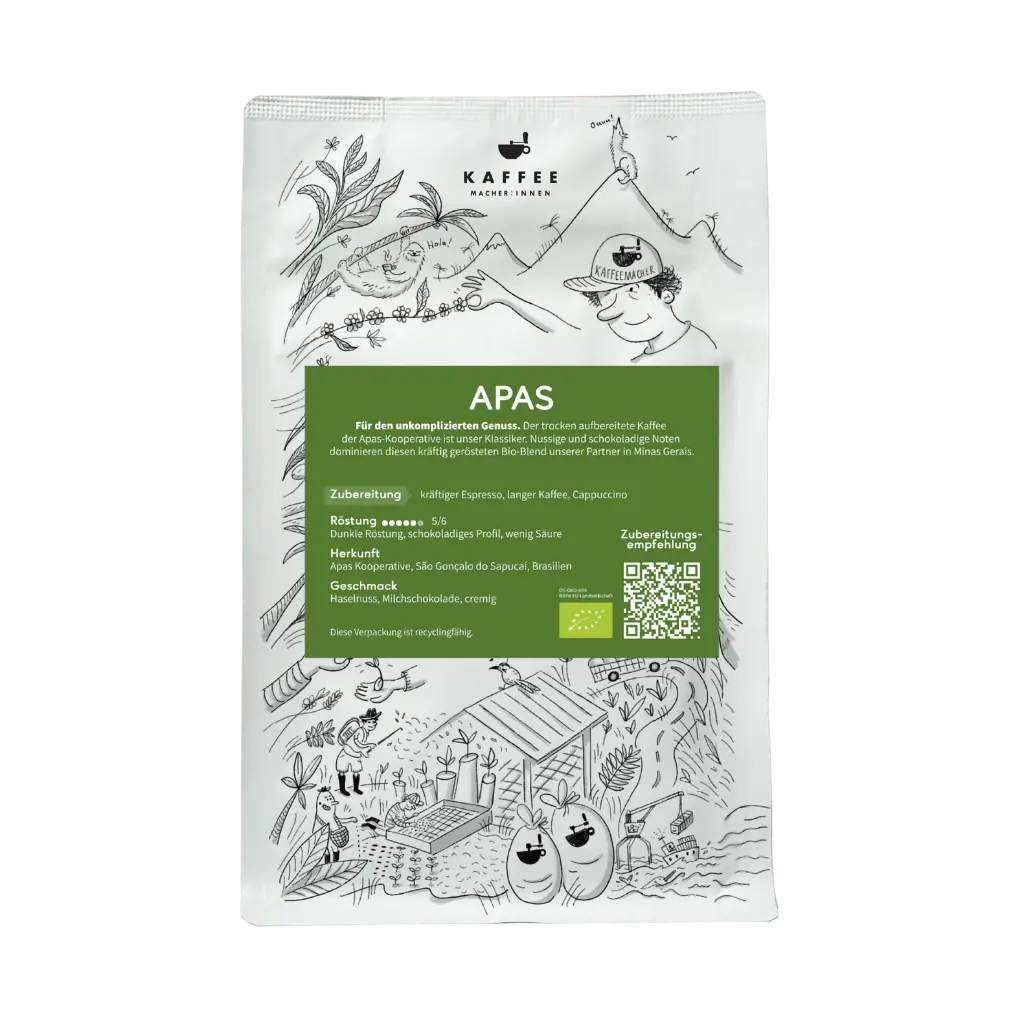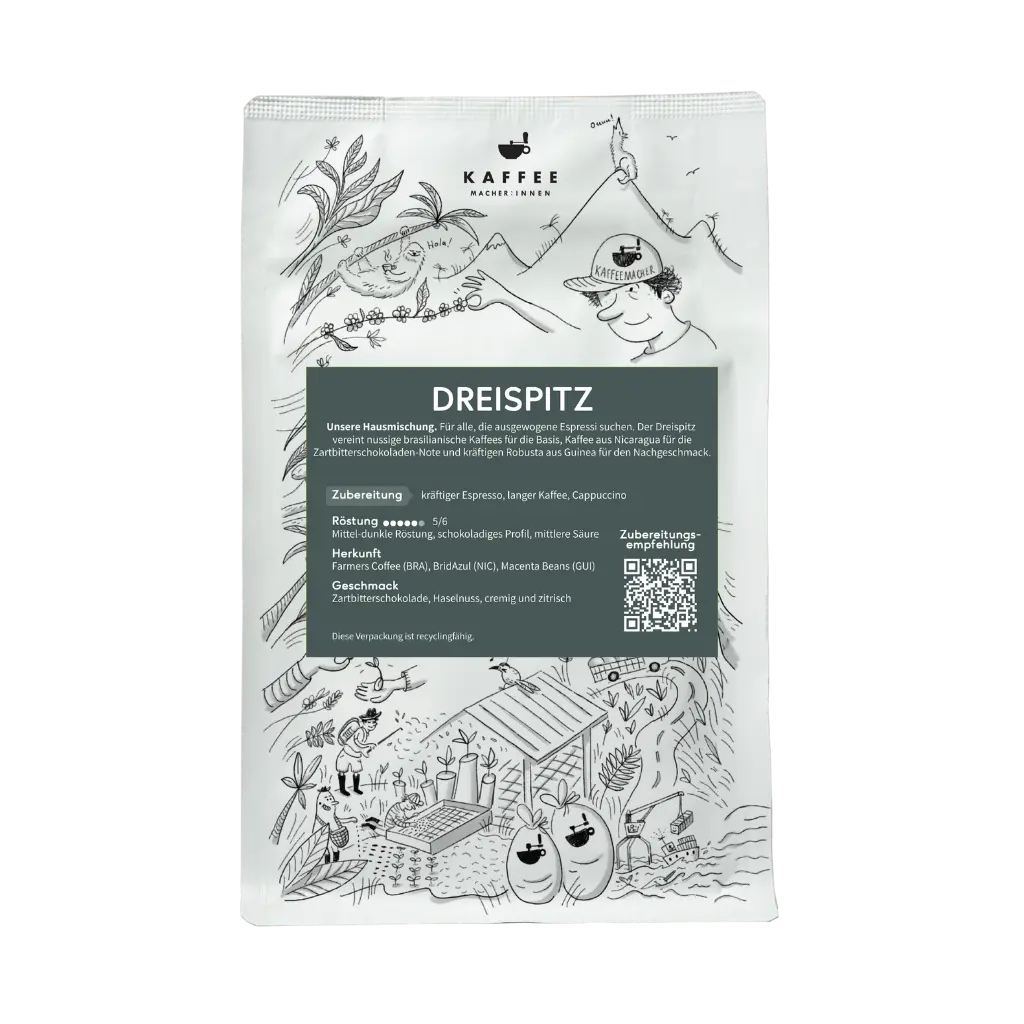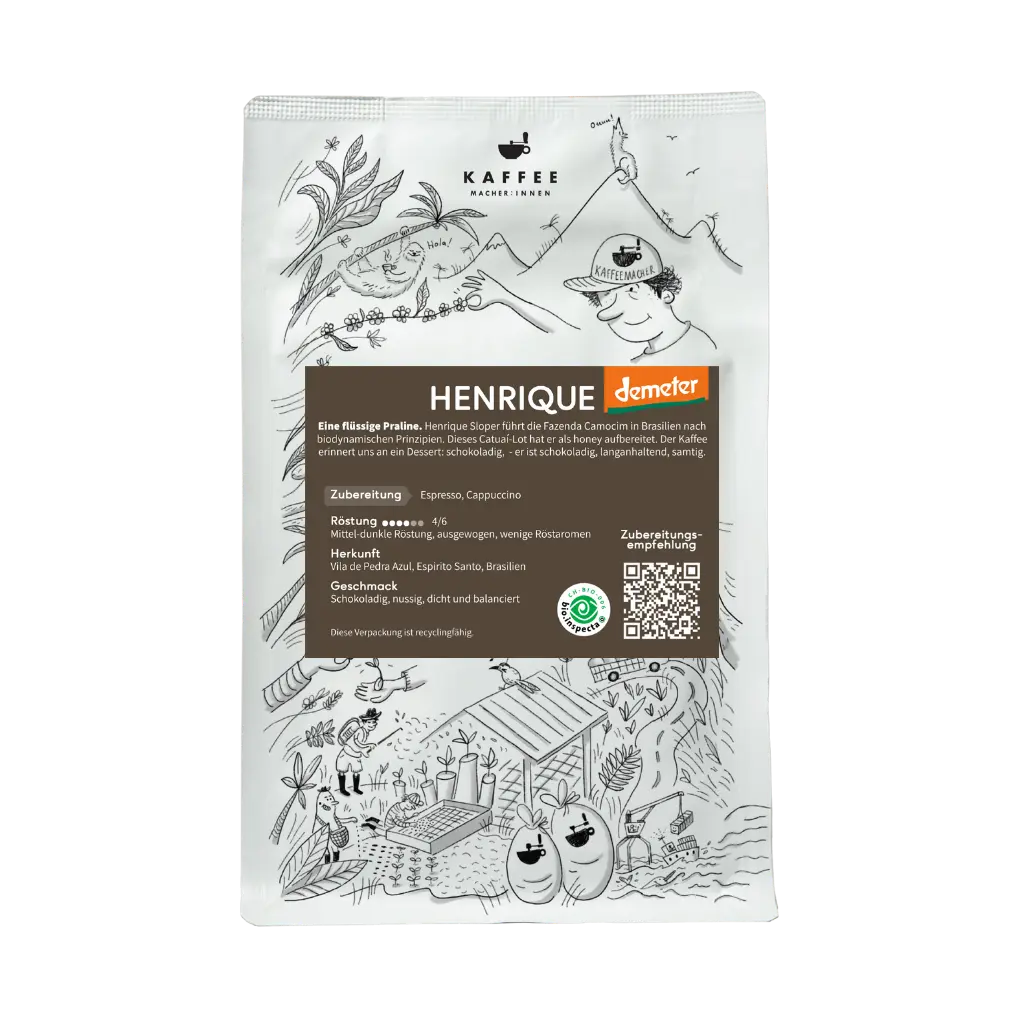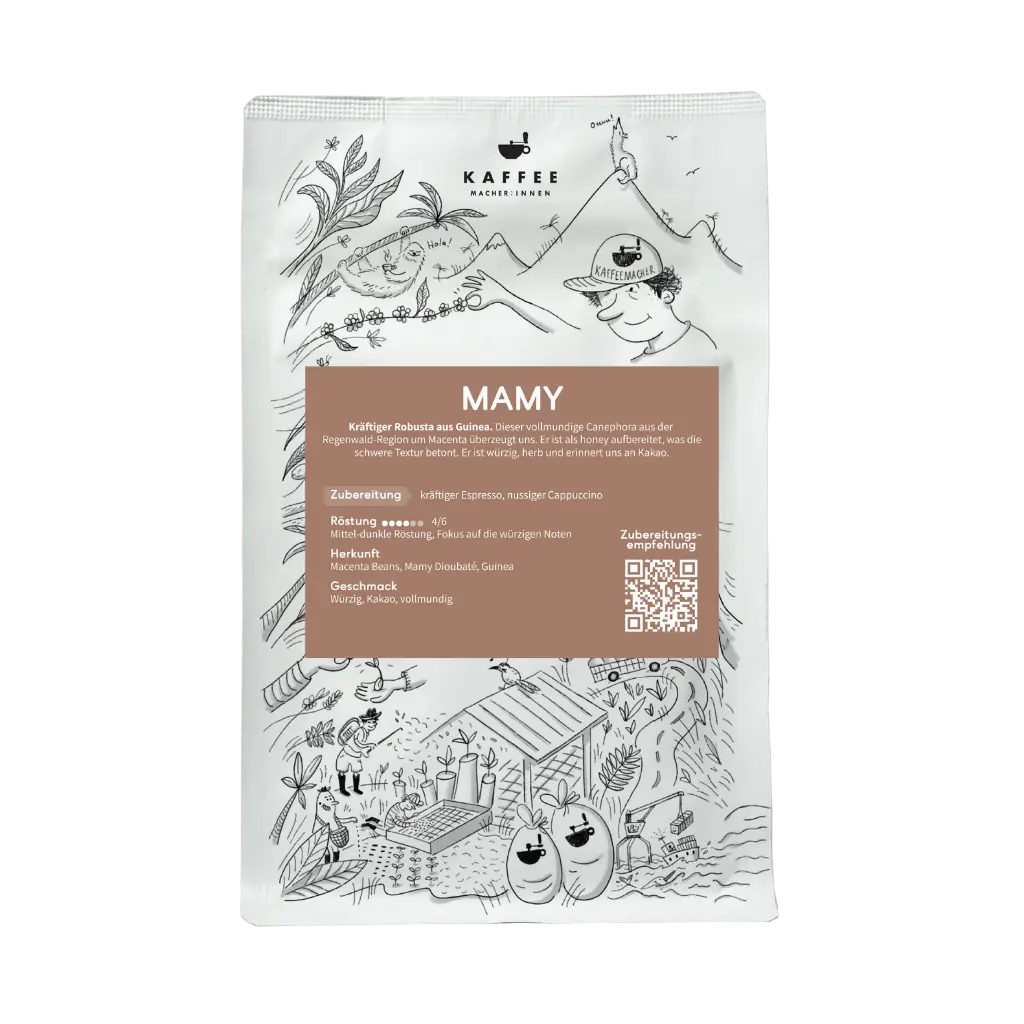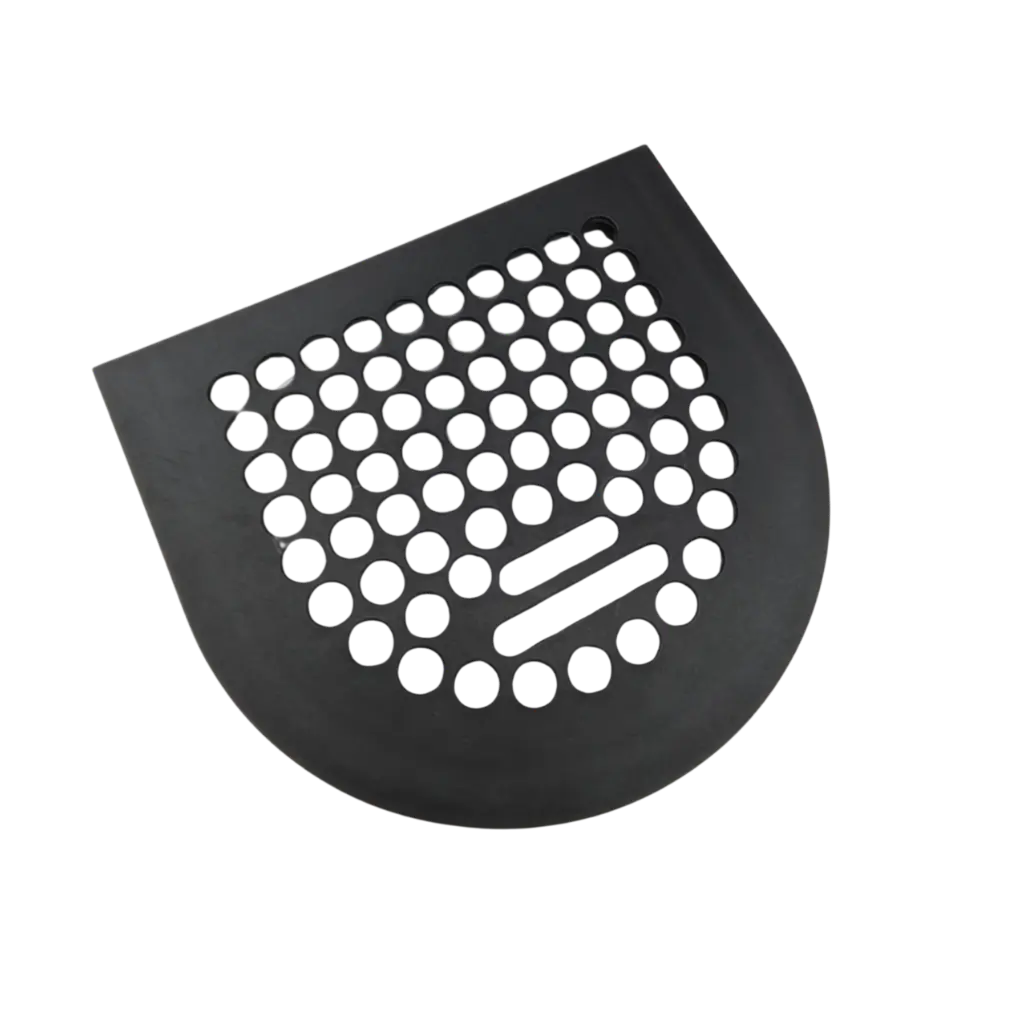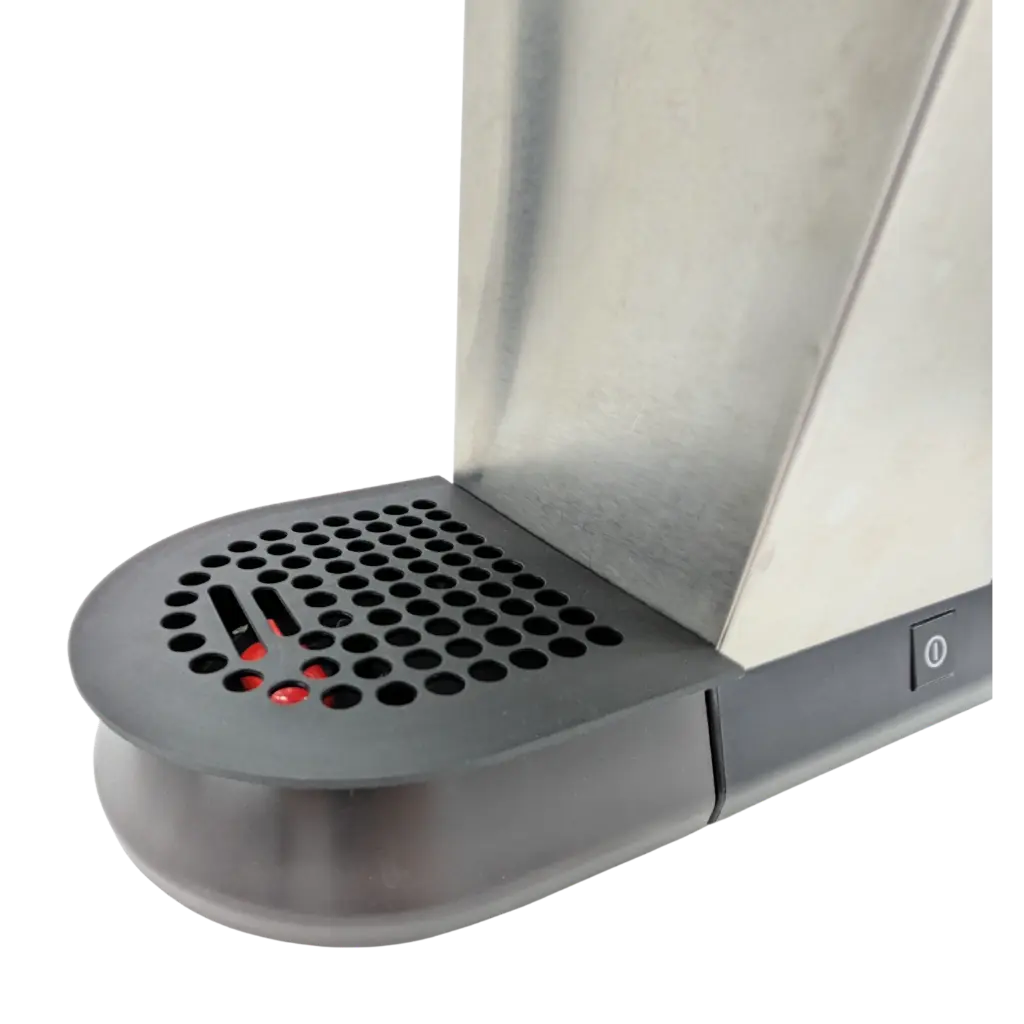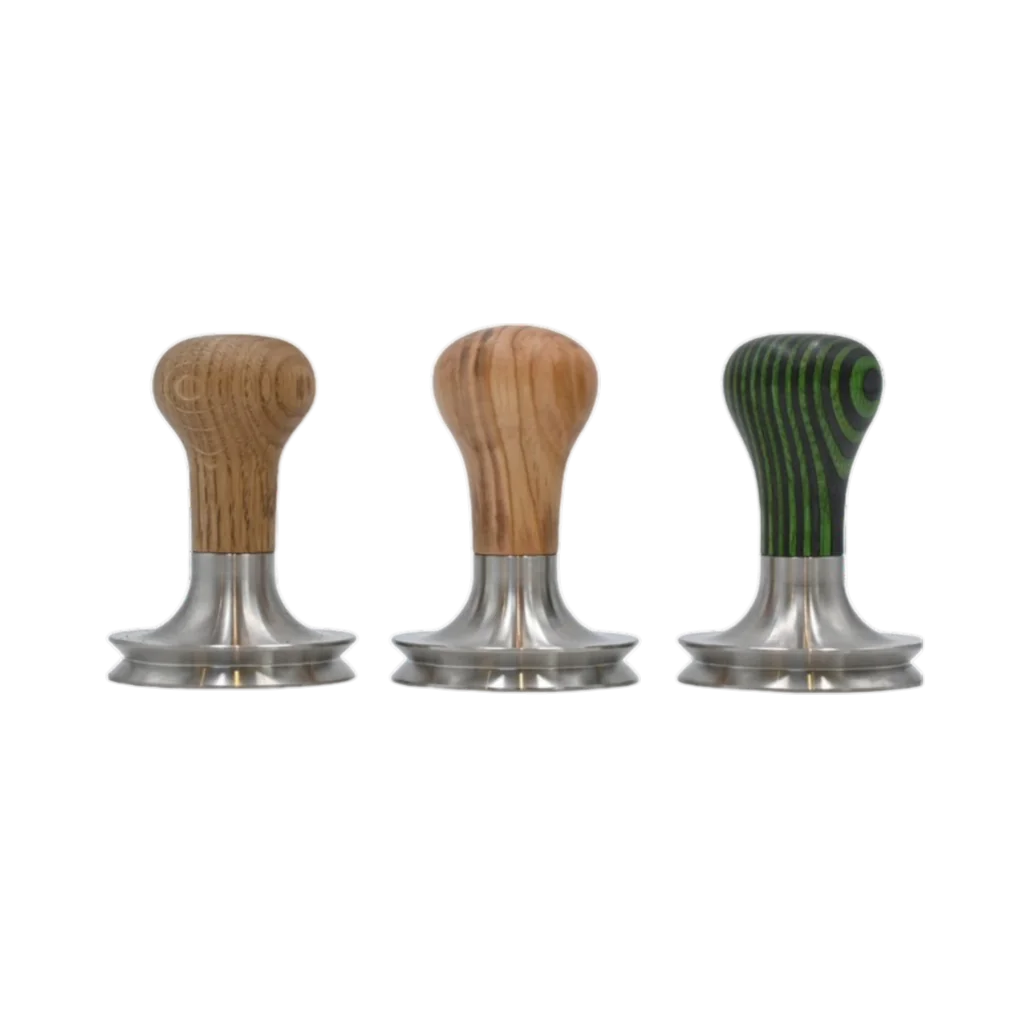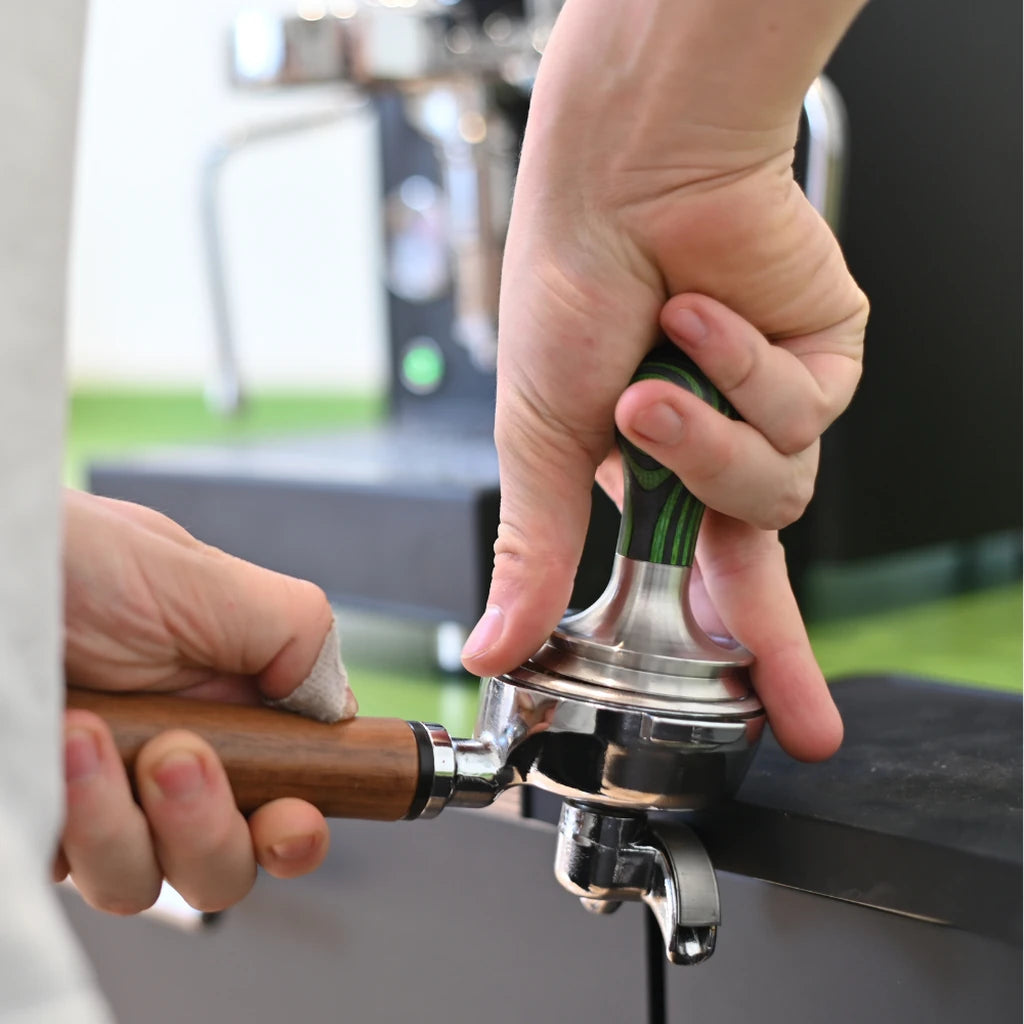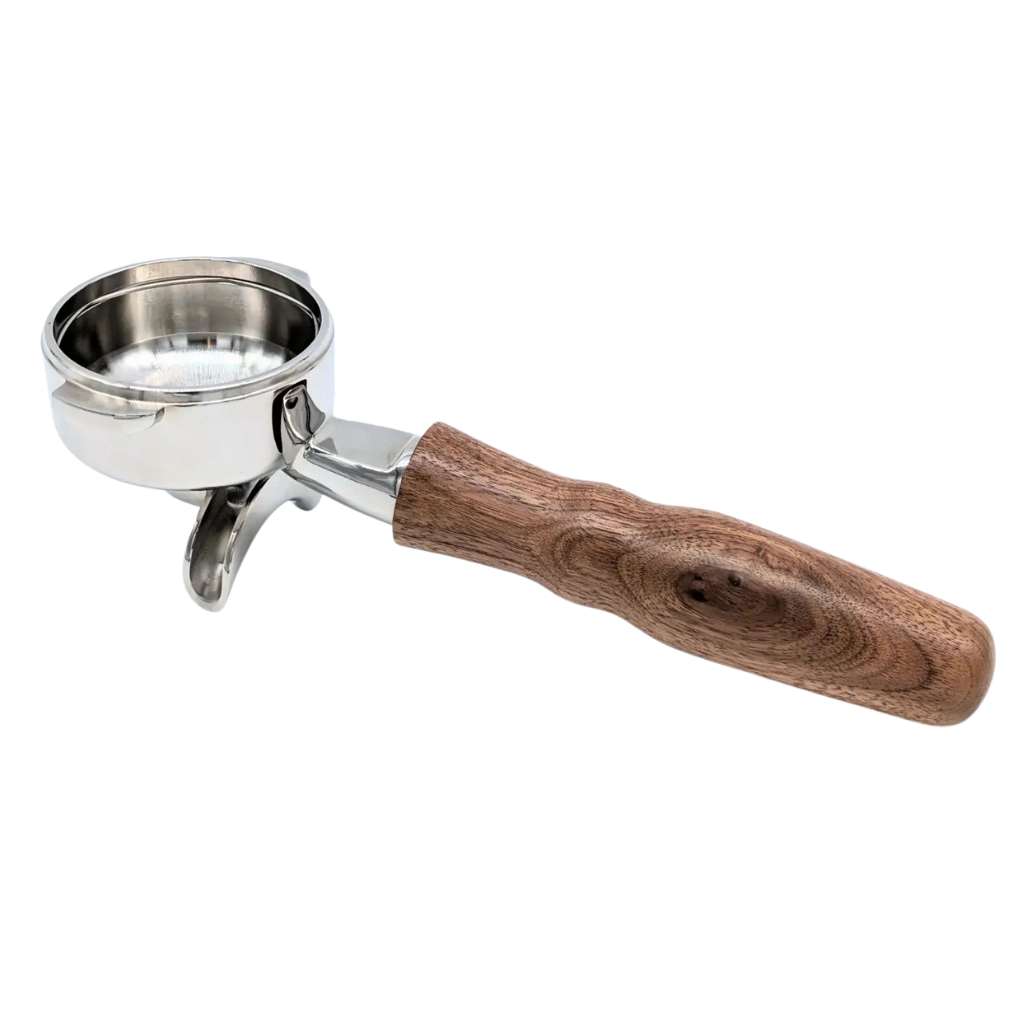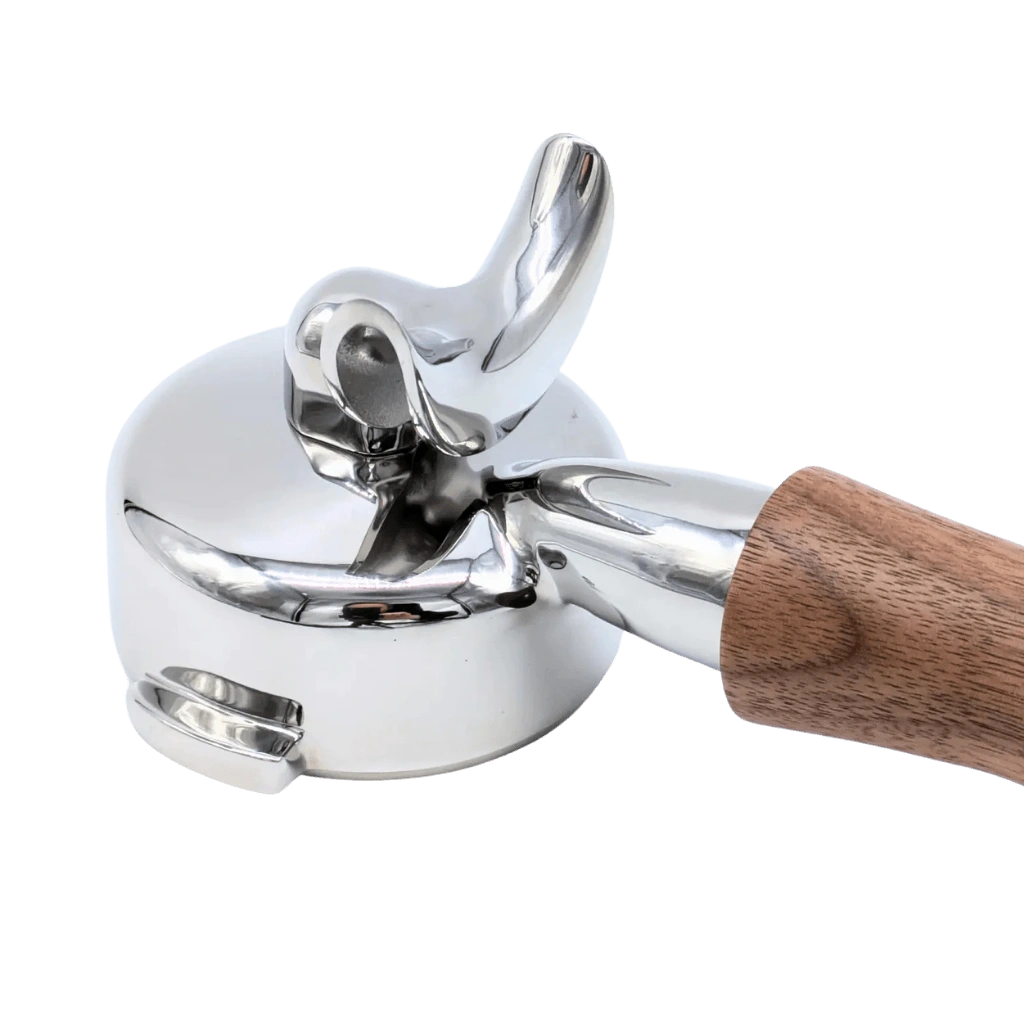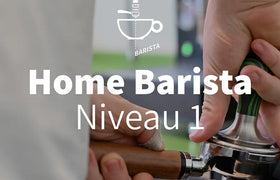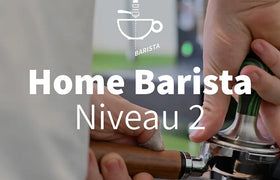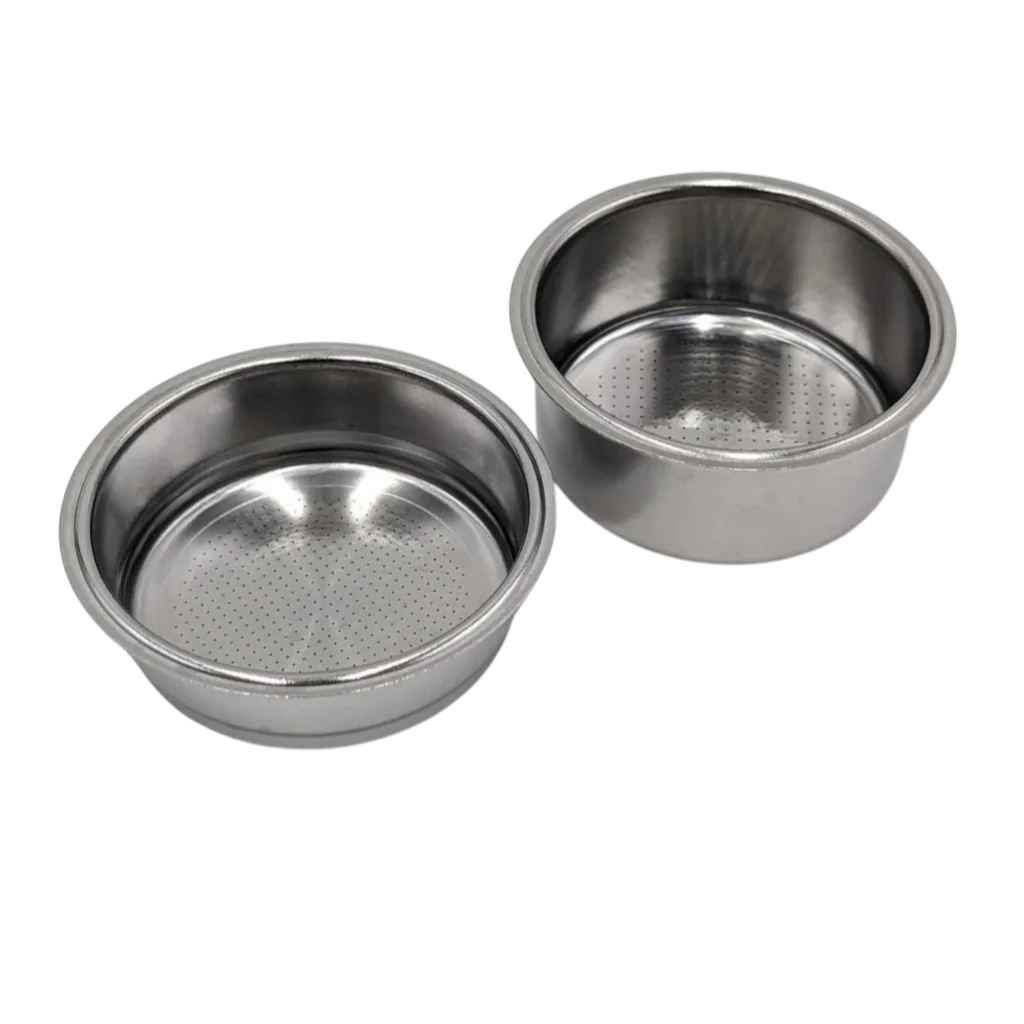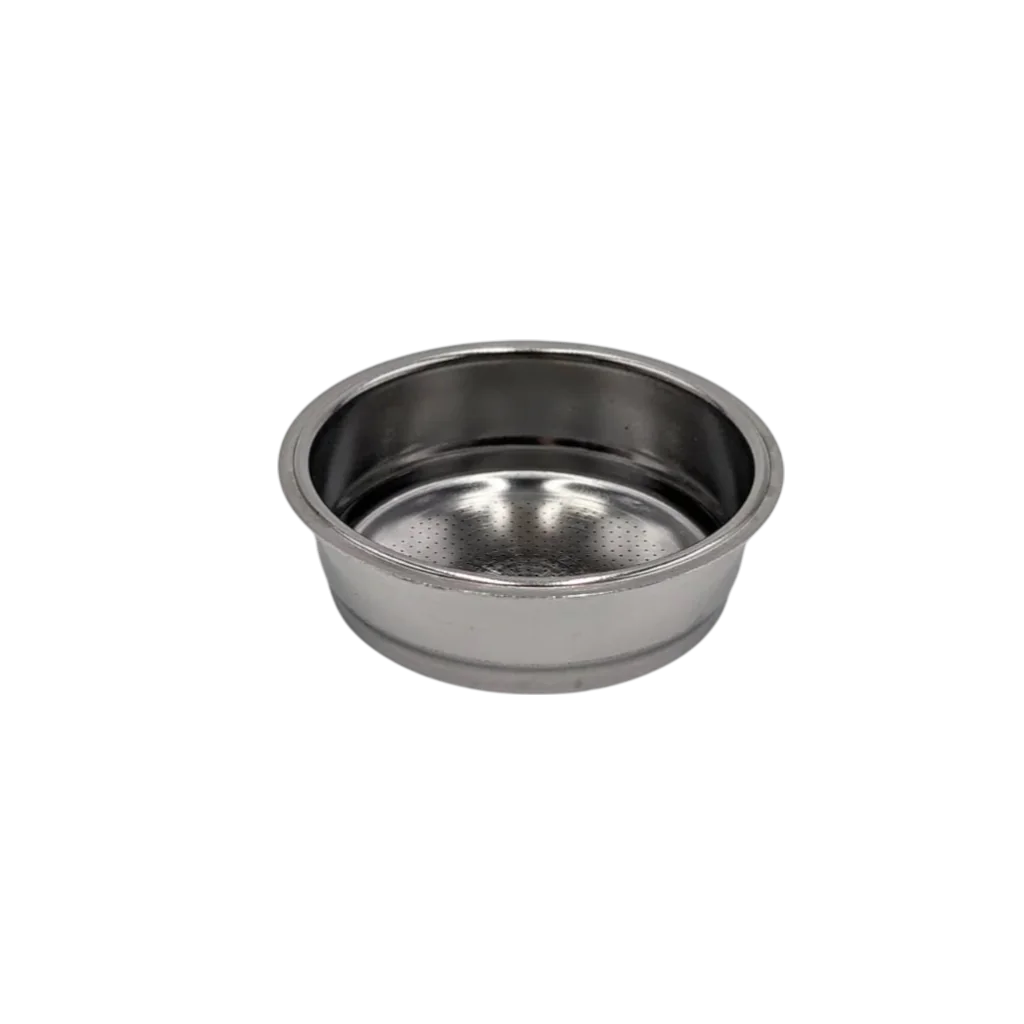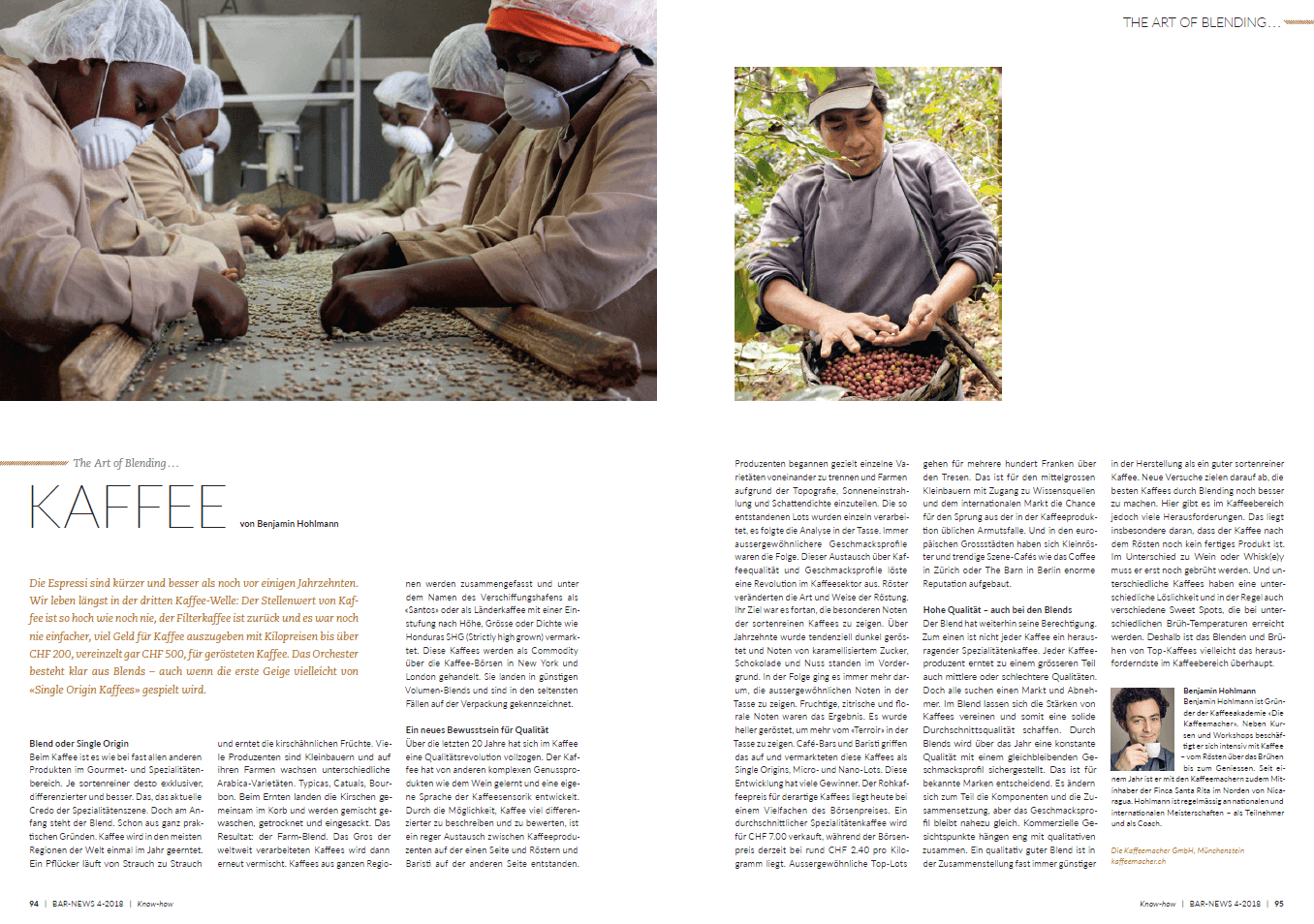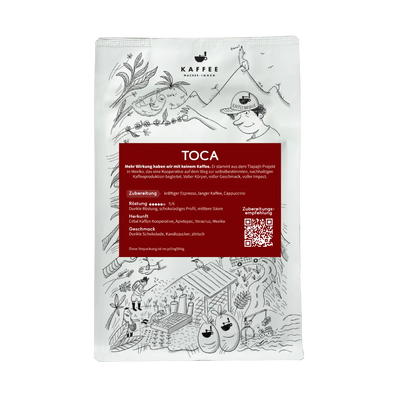Our coffee article appeared in the current issue of Bar News . It covers the topic of blending whiskey with other specialty products like cigars, perfume, and coffee.
Some excerpts are below. And here's the full article as a PDF .
Coffee is like almost all other gourmet and specialty products. The more pure the coffee, the more exclusive, differentiated, and better—that's the current credo of the specialty coffee scene.
But it all starts with the blend. For purely practical reasons. Coffee is the dried kernel of a cherry-like fruit and grows on bush-like trees. In most regions of the world, it is harvested once a year. A picker walks from bush to bush, harvesting the coffee. Many producers are smallholders, and their farms grow different Arabica varieties: Typicas, Catuaís, Bourbon. During harvesting, the cherries end up together in a basket and are mixed, washed, dried, and bagged. The farm blend is created.
Coffee quality offensive
Over the last 20 years, a quality revolution has taken place in coffee. Coffee has learned from other complex consumer products such as wine and developed its own sensory language. The ability to describe and evaluate coffee in much more sophisticated ways has sparked a lively exchange between coffee producers on the one hand and roasters and baristas on the other. Producers began to deliberately separate individual varieties and classify farms based on topography, sunlight, and shade density. The resulting batches were processed separately, followed by in-cup analysis. Increasingly exceptional flavor profiles emerged.
This exchange about coffee quality and flavor profiles sparked a revolution in the coffee sector. Roasters changed the way they roasted. Their goal was to reveal the special notes of single-origin coffees. For decades, dark roasts tended to be used, with roasted notes of caramelized sugars, chocolate, and nuts taking center stage. Subsequently, the focus became increasingly on revealing the exceptional notes in the cup. Fruity, citrus, and floral notes were the result. Lighter roasts were used to reveal more of the "terroir" in the cup. Café bars and baristas took advantage of this and marketed these coffees as single-origin, micro, and nano lots.
New developments in coffee blending
The latest attempts aim to make the best coffees even better through blending. However, this poses many challenges in the coffee industry. This is primarily due to the fact that after roasting, coffee is not yet a finished product like wine or whiskey. It is still brewed. And different coffees have different solubility and usually different sweet spots. Therefore, blending and brewing top-quality coffees is perhaps the most challenging of all in the coffee industry.



